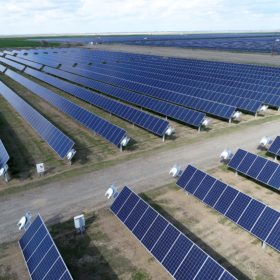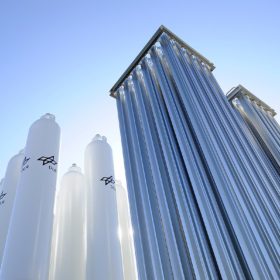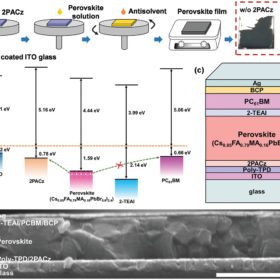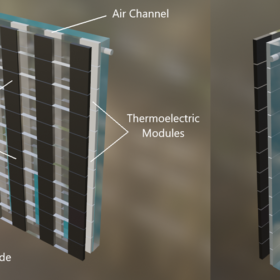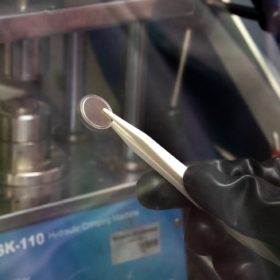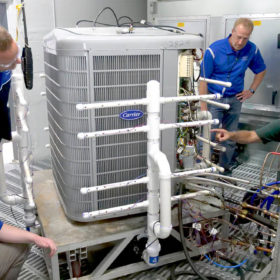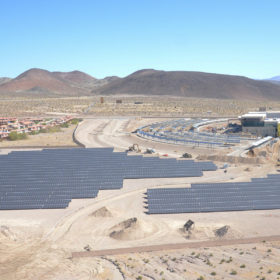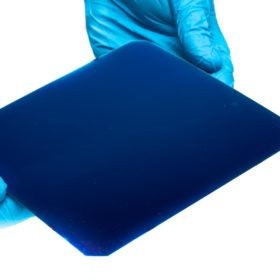Weekend read: Rise of the robot (cleaners)
A first-of-its-kind survey has revealed the extent to which automation and robot module cleaning is being adopted by large-scale PV project owners and operators. And the trend is clear; as solar expands geographically and projects grow, the use of robotics in solar operations and maintenance (O&M) is increasing, and the level of understanding as to their benefits is on the rise. Ecoppia, a pioneer in the robotic cleaning segment, partnered with pv magazine on the survey and the results speak volumes.
Chinese PV Industry Brief: Shenzhen Energy to start PV-powered hydrogen production
Shenzhen Energy has announced plans to build a green hydrogen facility in Inner Mongolia, and Daqo has secured another polysilicon supply deal. DKEM, meanwhile, has unveiled plans to build a silver paste production facility for TOPCon products.
The Hydrogen Stream: Standardized measurements for solar water-splitting
NREL and Berkeley Lab have proposed efficiency and stability best practices for solar water-splitting to make hydrogen, while a team of researchers from Malaysia and Pakistan have revealed their findings on the feasibility of hydrogen-based incineration.
Inverted perovskite solar cell with 21.85% efficiency via surface modulator
A UK research group has used surface modulators to reduce non-radiative recombination in perovskite solar cells. They used 2-TEAI organic halide salt to build a cell with high power conversion efficiency and stability.
FoxEss unveils compact single-phase inverters for residential PV
FoxEss has released new inverters with nominal power ranging from 0.7 kW to 3.3 kW, a maximum efficiency rating of 97.4%, and a maximum European efficiency of 96.8%. They measure 290 mm x 220 mm x 116 mm and weigh in at 5.4 kg.
PV-powered thermoelectric cooling for air conditioning in buildings
Scientists have proposed a way to combine thermoelectric modules (TEMs) with rooftop PV to support heating, ventilation and air conditioning in buildings. They designed a wall-integrated TEM to heat and cool adjacent rooms.
New polymer-based battery electrodes with high stability
UK researchers have developed organic electrode materials to integrate redox-active organic molecules into long-chain polymers. The new electrodes exhibit better cycling performance in lithium-ion batteries, with no apparent capacity decay over more than a thousand charge-discharge cycles.
Air-source heat pump for harsh, cold climates
Carrier will soon begin field tests for a prototype air-source heat pump for cold climates. It is designed to provide high-efficiency heating performance in harsh climates with temperatures equal or below negative 29 degrees Celsius, while being grid-interactive. The US-based heating tech specialist expects to commercialize the solution by 2024.
New standardized guidelines for solar O&M
IEA-PVPS has standardized guidelines for O&M programs for large-scale solar plants. It defines O&M performance indicators and standard O&M operator services, as well as tools to analyze PV plant performance and safety.
IBC solar modules may drive TOPCon out of market by 2028, says tech expert
Radovan Kopecek, an expert on interdigitated back-contacted (IBC) tech, says that IBC solar panels could capture more than 50% of the global market by 2030, potentially pushing TOPCon products out of competition. He told pv magazine how this transition might materialize and discussed the tech advancements that could make it possible.
